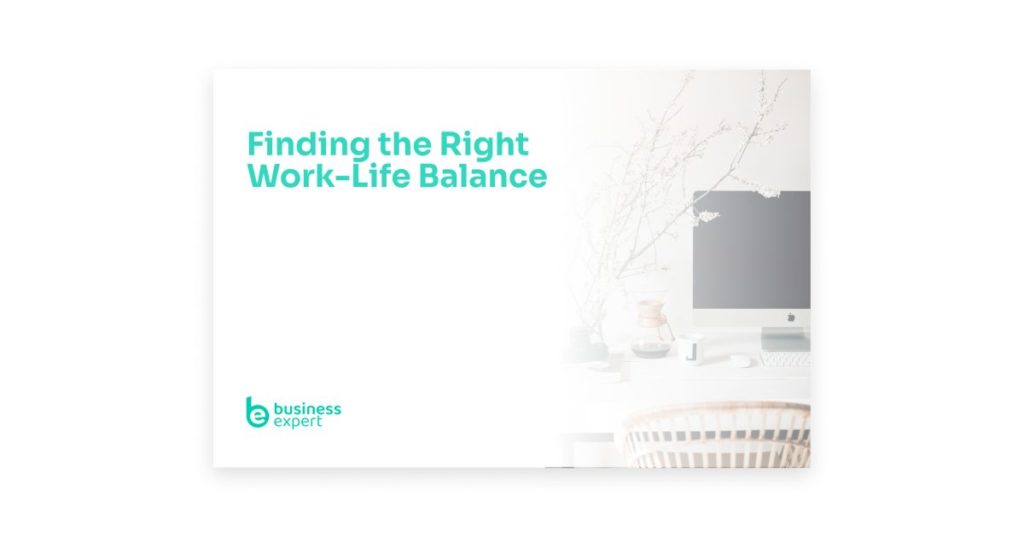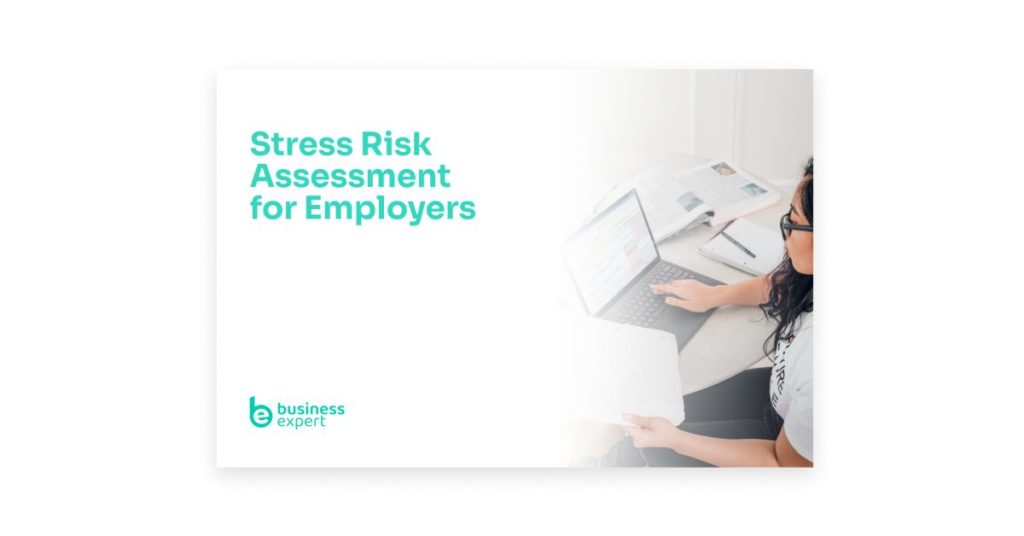What can you do as a business leader or manager to deal with difficult work relationships and reduce the stress they cause in your business? Read our guide.
Challenging relationships with colleagues, line managers, and even clients is one of the leading causes of work-related stress. According to a 2014 study into the causes of stress for 800 employees, just under half said that ‘interpersonal relationships in the workplace’ were one of the main stressors they experienced. That was more than an ‘inappropriate workload’, ‘long working hours’, ‘insufficient pay’ and ‘job insecurity.
Whether it’s the micromanaging boss, the slacker colleague, the client that’s never happy, or any number of other office stereotypes, there’s often someone in the workplace who makes life more difficult and stressful than it needs to be. That’s particularly the case when you’re forced to work with them every day.
As a manager or business leader, it’s important to understand just how damaging difficult work relationships can be to the health, wellbeing, and happiness of your teams. The good news is that by acknowledging that you have problem relationships in your workplace, it is possible to address them and create a more harmonious environment very quickly.

How do Difficult Relationships Affect Your Teams?
There are tremendous benefits associated with having good relationships with the people you work with. According to research by Gallup, employees who have a best friend at work are seven times more likely to be engaged in their jobs, while those who have a good friend in the workplace are more likely to be happy. In terms of the benefits for your business, good working relationships are linked to better employee performance and increased profit.
But that’s just one side of the coin. Toxic work relationships have just as strong an impact on the workplace and leave employees feeling stressed, physically depleted, and disengaged. Interestingly, difficult employees are often not bad employees when it comes to their own performance. In fact, they are often some of the most highly skilled employees and have a direct impact on the bottom line of the business. However, they also reduce the well-being and productivity of others at the same time.
How to Deal With Difficult Relationships in Your Business
There are several strategies that you can implement to improve difficult relationships in your business.
- Make sure it’s not harassment, discrimination or bullying
If people just don’t get on, then that’s part of life, but if an employee is being harassed, discriminated against or bullied by a manager or co-worker, then that’s a different matter entirely. As an employer, by law, you must do everything you can to reasonably protect staff from these behaviours. You also have a duty of care to look after the well-being of your employees.
If you suspect bullying, harassment or discrimination has taken place or a complaint has been made, then it must be taken very seriously. Fail to do so and could be raised as a formal grievance later on and even lead to an employment tribunal or a claim for constructive dismissal.
Taking suspicions you may have or complaints seriously will:
- Protect the wellbeing of the victim
- Give employees the confidence to raise issues in the future
- Show that this type of behaviour is unacceptable
- Reduce the risk of legal action
Take a look at this ACAS guide to find out how to approach a complaint of bullying, harassment or discrimination.
- Remain neutral
The last thing you want to do when dealing with a workplace conflict is to appear to take sides. Whatever you might think of the situation, you must set your own opinions and biases aside and remain as objective as possible. If either employee suspects that you’re favouring one over the other, you’ll risk intensifying the argument and make it far more difficult to resolve.
You should decide whether you think it’s best to speak to the employees separately or together, depending on factors such as the severity of the situation and the reason for the conflict. Giving each employee the time and space to tell their side of the story in a neutral environment will help to release some of the stress and frustration from the situation.
While listening, make sure you don’t interrupt or make any gestures that may affirm or refute either employee’s position. Once they have finished talking, ask clarifying questions or make comments. Once an employee has been heard, they’ll be more receptive and more willing to see someone else’s point of view.
- Establish common ground
Once you understand the cause of the conflict and have heard both sides of the story, you should call both employees into a meeting that will be mediated by yourself or a member of HR. Make sure they both know that it is a safe and confidential environment where they can speak openly and ask them for their ideas on how the situation can be resolved now and going forward.
If practical solutions are not forthcoming, you should suggest some of your own and remind
the employees that conflict is not only bad for them but also affects their colleagues and the business. If it becomes clear that the employees cannot or are unwilling to resolve the situation amicably, you may have to consider making organisational changes.
- Work together to find a resolution
Asking the employees involved in the conflict to help to put a plan together to prevent the same from happening will increase their likelihood of sticking to it. Begin the process by inviting suggestions from both parties about how to avoid a similar situation in the future and ask them when the changes will be made.
At this point, you should also discuss what the consequences will be if you do not see an improvement in their behaviour or they do not follow the plan that has been set out. You should also ensure that any plan you put in place aligns with company policies and procedures and does not amount to special treatment for either of the employees involved.
- Document it
Whatever the resolution is, it’s important that it’s documented so that you can check back at a later date to make sure that the steps have been followed and the timelines have been met. Both parties should sign a copy of the written resolution and it should be kept in their personnel files.
Recording the behaviours will also help you to identify common causes of conflict in your business and potentially inform the training programmes and policies that are implemented in the future. This is also an effective way to protect your business if a disgruntled employee brings a claim against you.
- Schedule a follow-up
You cannot assume that just because a plan has been put in place, the situation has been resolved. You need to schedule a follow-up to see the progress for yourself. This should be arranged during the meeting to resolve the conflict, as that way, the employees involved will know that they will be held accountable if progress is not made.
Address Conflict Immediately and Set the Tone Yourself
A certain amount of conflict is inevitable in the workplace, but even if they’re never going to be best friends, co-workers should always treat each other with respect and make the effort to understand each other’s point of view.
When conflict does need to be resolved, you should address it immediately to minimise the impact it has on the employees involved and the rest of the team. You should also lead by example by speaking to employees honestly and respectfully at all times and fostering an environment that’s built on integrity, fairness, and open communication.
Read the final part of our guide to Managing Business Stress – Stress and Finding the Right Work-Life Balance.



